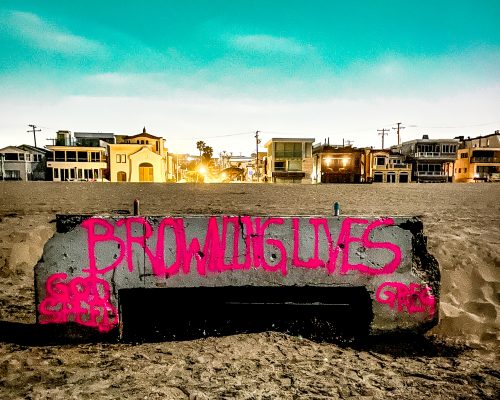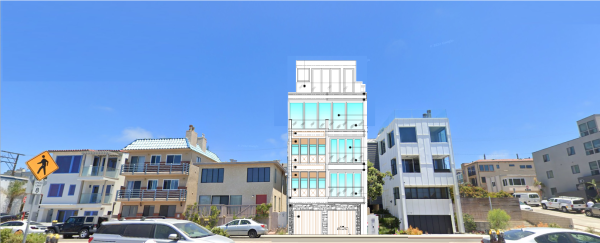Investing in rental properties or rental investing and managing them can be a great way to make money. Ideally, you’ll be able to passively collect rent, cover your expenses, then pocket whatever is leftover, ultimately adding up to thousands of dollars per year of free money for each property in your portfolio. If scaled up effectively, you could end up retiring on this income as long as you maintain an active portfolio of many different properties.
However, all of this is contingent on your ability to find a rental property that is actually profitable. But what is it that makes a property profitable and how can you tell if one is a worthy addition to your investment portfolio?
What Makes a Rental Property Profitable?
What exactly makes a rental property profitable? The short answer is that you’re able to charge more in rent than you pay in upkeep costs. Usually, this boils down to three broad categories of factors:
- Occupancy. First, are you able to attract a renter and keep the property occupied as much as possible for as long as possible? Vacancies can kill an otherwise profitable property. To ensure that you always keep the property filled, or at least reduce your vacancy time to the bare minimum, it’s important to choose a property that is attractive to your target demographics.
- Rent. You also need to make sure that you’re charging enough rent. If your rent is too high, people simply won’t apply to rent your property. If your rent is too low, you won’t be able to turn a profit.
- Ongoing costs. The most complicated category of factor is your ongoing expenses. These can vary wildly from month to month, and from property to property. You’ll need to consider things like your mortgage payment (discover more here), insurance, taxes, property management fees if you’re working with a property management company, maintenance and repairs, and even complications like managing an eviction. For roofing repairs, you may need to set aside a budget so you can hire a commercial roofing company to inspect and fix your property’s roof. Rent needs to cover all of these expenses and still offer some leftover money if you want the property to succeed.
Recognizing a Rental Property’s Potential
How should you evaluate a property you’re considering adding to your investment portfolio?
- The neighborhood. One of the first things you’ll need to consider is the quality and condition of the neighborhood where the property resides. There are many factors that play into the quality of the neighborhood. Crime rate is a big factor; the lower the crime rate, the better the neighborhood, and the more you will be able to charge for rent. School district quality also plays a role, as does access to transportation. It’s also a good idea to look at the general quality of the neighborhood. For example, do most of the lawns in this area look cared for and tidy? Do people walk down the sidewalk comfortably and say hi to each other?
- Similar properties in the area. Take a look at similar properties in the area. Are there people renting them, and if so, how much are they paying in monthly rent? This is one of the best ways to estimate how much you can charge for rent. You generally don’t want to charge more for a property with similar amenities and a similar amount of space; otherwise, you’ll turn people away.
- Purchase price. Your purchase price also plays a role in your formula, since it’s the biggest determining factor in the context of your expenses. Some investors follow the one percent rule, meaning they aim to purchase property that allows them to charge rent in excess of one percent of the purchase price. In other words, if the property costs $150,000, you should be able to charge at least $1,500 in rent.
- Property condition. Pay attention to the property’s condition. If the property is very old, or if it looks like it needs a lot of work, the expenses may be too great for you to realistically consider it. Repair and maintenance costs can escalate quickly, especially if you don’t have good initial estimates.
- Future development considerations. Don’t just think about how this property currently looks for the current quality of this neighborhood; Also, think about how things will appear in the next several years. Is this neighborhood on an upward trajectory, attracting more renters and property owners? Do you have a vision for what this property could look like after a makeover?
Evaluating potential rental properties is difficult even for seasoned investors. If you’re an amateur, or if this is the first property you’re adding to your portfolio, you’re going to feel even more overwhelmed.
That’s why it’s a good idea to work with a property management company like Roark Properties, or at least a real estate agent, so you have an expert you can turn to when you have questions or if you need advice. It still may not be an easy decision to make, but at least you’ll have more information you can use to make it.









